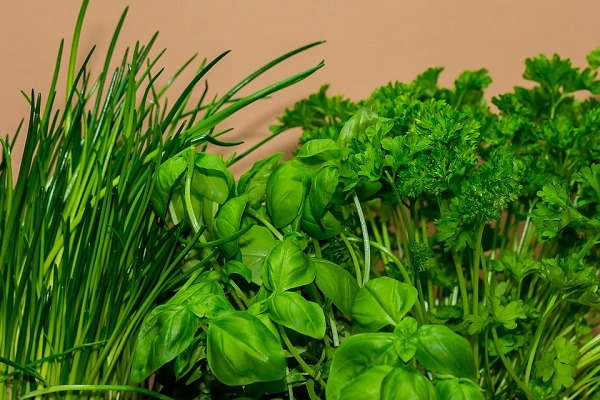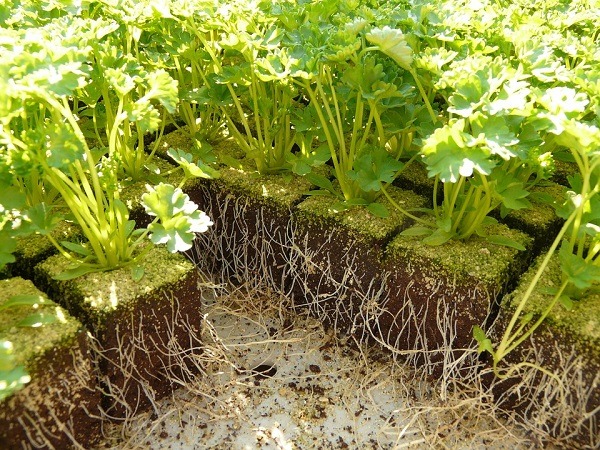Beginners and expert gardeners use different methods in growing herbs because cultivating them offers many benefits. Perhaps, herbs are the most popular and interesting group of plants to grow. Undoubtedly, for over the centuries, herbs have been used in so many different ways- flavoring for food, aromatherapy, perfume, insect repellant, traditional medicine, tea making, and more. One way or another, herbs touch each of our lives.
Gardeners value herbs because of their excellent qualities, and they are relatively easy to grow. They thrive in just about any soil and do not require much fertilizer, and they’re vigorous, low-maintenance plants, naturally resistant to insects or diseases caused by pests.
If you plan to grow herbs, here are the tried-and-tested herb gardening methods you can follow.
Propagating Herbs
Propagation is the process of producing new plants from various sources, including seeds, bulbs, cuttings, and other plant parts. For herbs, the quickest way to propagate them is through stem cuttings and simply provide the right conditions, and you’ll have beautiful, healthy seedlings in no time. You can check on this article Guide to Growing Herbs Year-Round if what are the excellent herbs to grow any time of the year.
There are things to consider when growing herbs indoors and outdoors, such as their growing environment, types of containers to use, the right potting mix, watering, pruning, etc.
THREE MAJOR WAYS OF GROWING HERBS
Direct Seeding
Ensure that frosting days are over when you choose to plant herbs directly using seeds. Take time to check and read the instructions in the seed packet for planting directions. Use your hands or your trowel’s corner to prepare a trench for seeding according to the depth you desire. Pick a few seeds and scatter them down the trench following the recommended spacing. Don’t worry if you overseed because you can simply thin them out later. Cover the seeds lightly using the same soil for planting, and gently water them to make them wet for quick germination.
Tip: If your garden is mostly clay, instead of soil, use vermiculite to cover the seeds as clay naturally absorbs heat from the sun and could so it can “cook” the seeds.
From Cuttings
This is another faster way of growing herbs in your garden. Choose your favorite herb that you have previously planted and are still in your garden. You can root them for propagation but do not expect that 100% of the cuttings will root.
When rooting herb cuttings: Select a container that is well sterilized and about three inches deep, or you can buy propagation trays at garden supply stores, and they work great, and they can be used reused several times.
For cuttings, you can use either light soil or a soilless mixture of perlite and vermiculite. Whatever you decide to use, ensure that the mix is sterile and it has to drain really well. Wet the medium (damp but not soaking) before you set your cuttings.
Where and How to Cut
The stem of your previously planted herb contains a “softwood” and a “hardwood” section. The softwood has a lighter color and is a more flexible stem as it is new growth. This newly grown stem will root out more quickly than old growth.
Disinfect your cutting tool with rubbing alcohol to prevent the spread of diseases to your herbs or plants. Take cuttings in the morning as this will put less stress on the herbs. Take 4-6 inches cut under a node (where the leaves join the stem). Pinch off all the leaves on the bottom about 2 inches of your cutting because this is where the new roots will grow.
When to Propagate Herbs
During your herb’s active growth is an excellent time to take a cutting from your plant, typically between spring and fall. Take cuttings that are not actively flowering.
If there are a few flowers on the stem, you’ll need to remove them.
Propagation by Division
Propagating herbs from the division is done by dividing the herbs in early spring before growth begins. Dig up a segment of the roots and cut or pull them apart into smaller bunches. The divided sections are to be replanted in another new garden location or another container. Put plenty of compost to the planting hole, set the sections at the proper depth, and water them to keep them moist until the new plants are established. Herbs like mint, chives, rosemary, tarragon, oregano, sage, and thyme are excellent for propagation by division.


